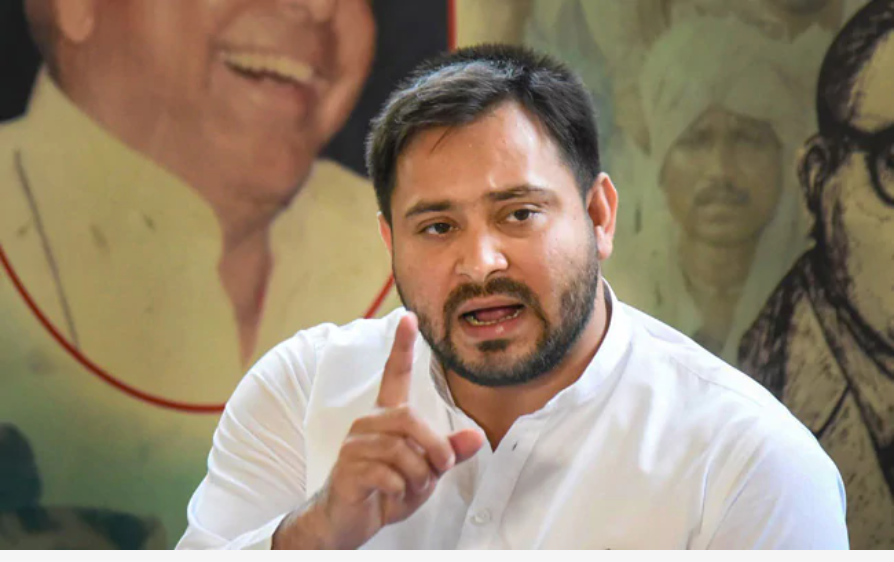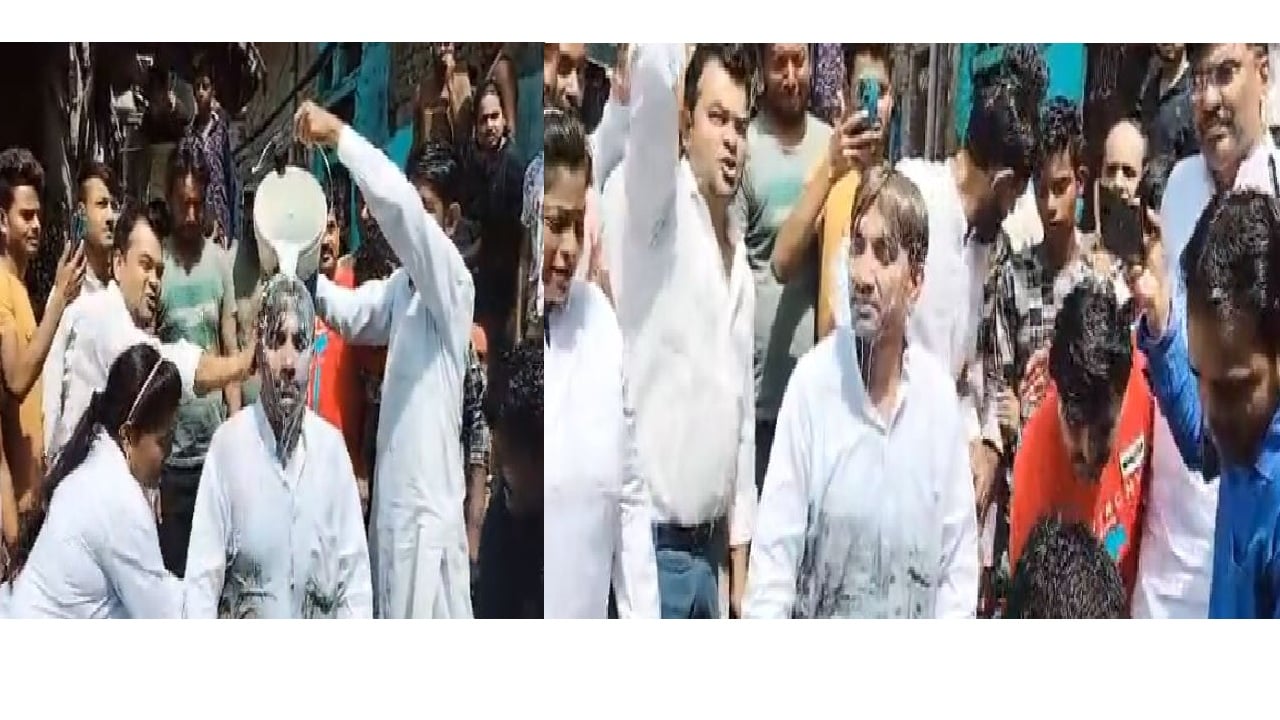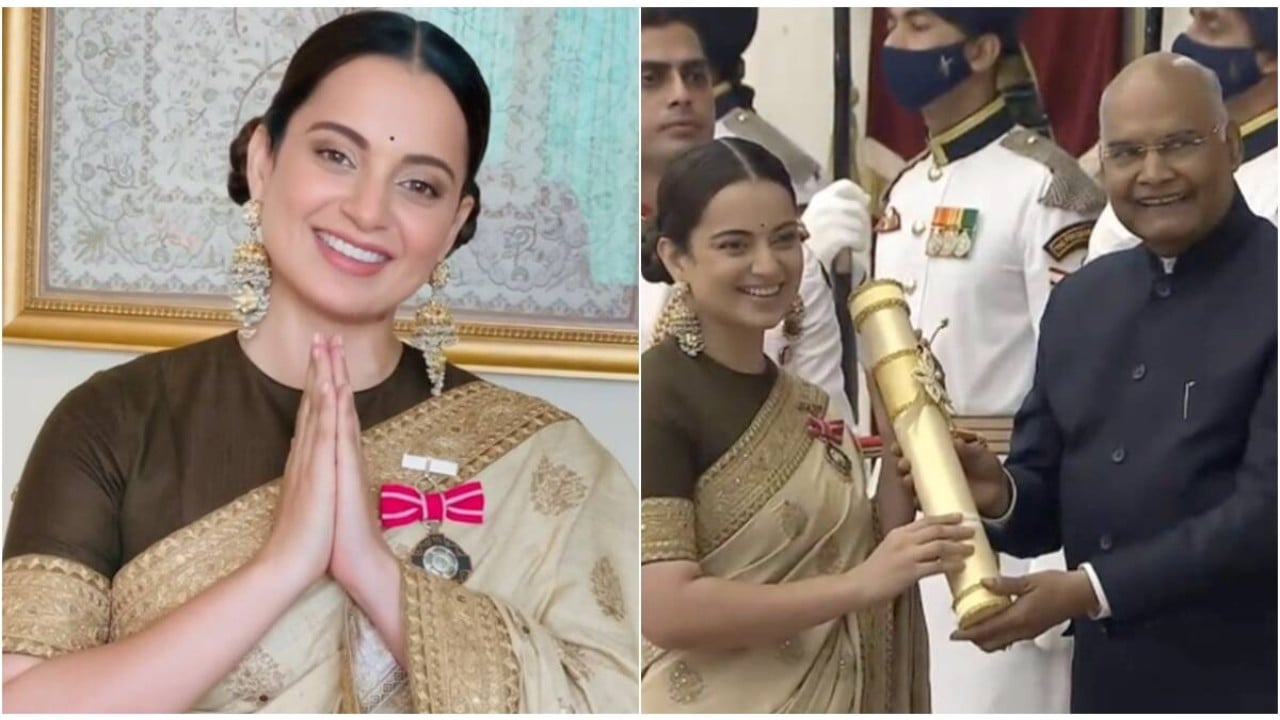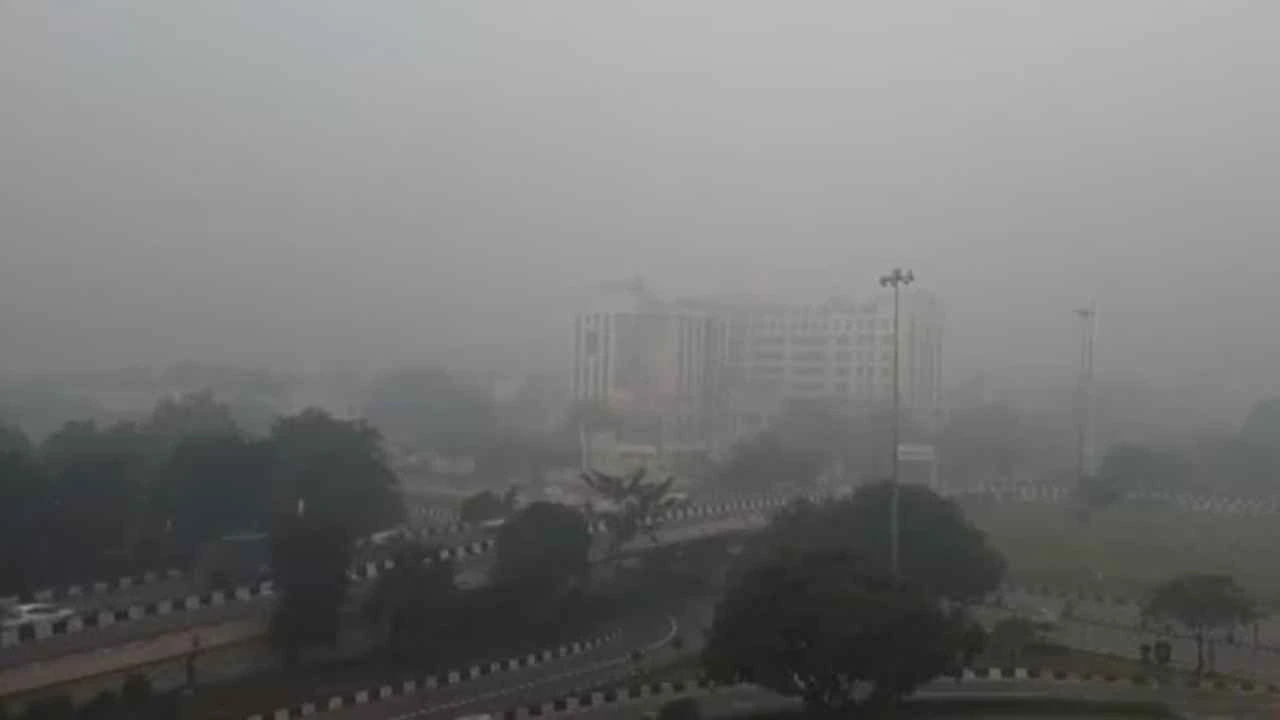India News
“No Cross-Gender Massages “: New Rules for Delhi Spas, Parlours Soon

India News
Thick smog engulfs Delhi, flights and trains delayed as air quality slips to very poor
Delhi remained under a thick smog cover as air quality dipped into the very poor category, causing delays in flights and train services due to low visibility.
India News
PM Modi inaugurates India’s first nature-themed airport terminal in Assam
Prime Minister Narendra Modi inaugurates the new nature-themed terminal at Guwahati airport, the largest in Northeast India, built around bamboo, orchids and regional heritage.
India News
Assam train accident: Eight elephants killed after Rajdhani Express derailment in Hojai
Eight elephants were killed after the Rajdhani Express collided with a herd in Assam’s Hojai district, causing multiple coaches to derail and disrupting train services.
-
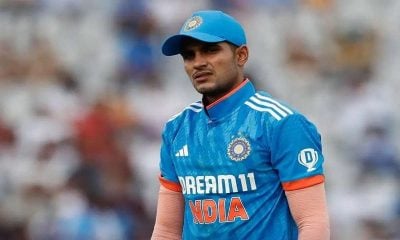
 Cricket news16 hours ago
Cricket news16 hours agoT20 World Cup 2026: Selectors weigh Shubman Gill role as India squad announcement awaited
-
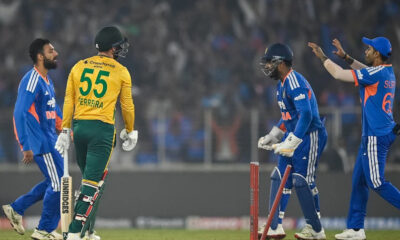
 Cricket news17 hours ago
Cricket news17 hours agoIndia vs South Africa 5th T20I: Hardik Pandya, Tilak Varma power India to 30-run win, series sealed 3-1
-

 India News17 hours ago
India News17 hours agoPM Modi inaugurates India’s first nature-themed airport terminal in Assam
-
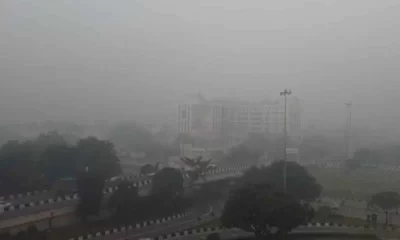
 India News17 hours ago
India News17 hours agoThick smog engulfs Delhi, flights and trains delayed as air quality slips to very poor
-

 India News17 hours ago
India News17 hours agoAssam train accident: Eight elephants killed after Rajdhani Express derailment in Hojai
-
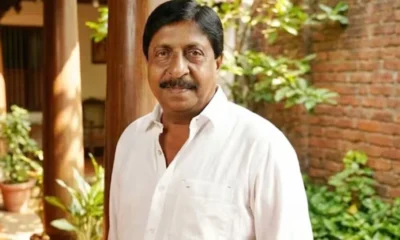
 Entertainment13 hours ago
Entertainment13 hours agoVeteran Malayalam actor and filmmaker Sreenivasan passes away at 69
-
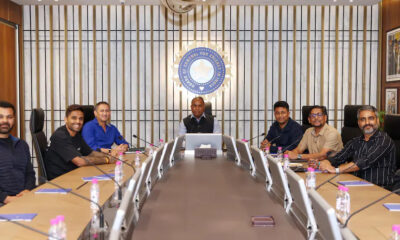
 Cricket news13 hours ago
Cricket news13 hours agoIndia announces T20 World Cup 2026 squad, Shubman Gill dropped as Axar Patel named vice-captain





